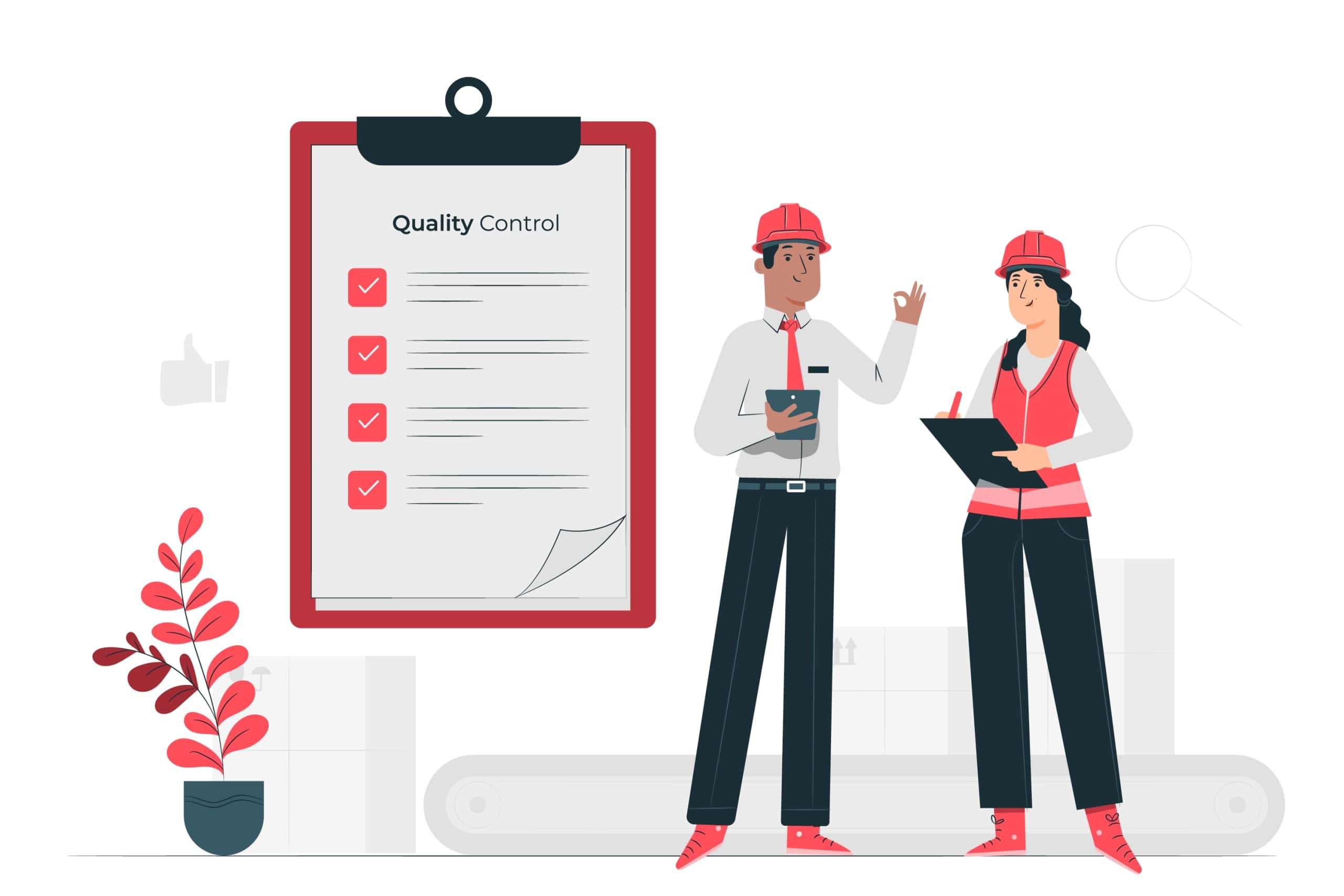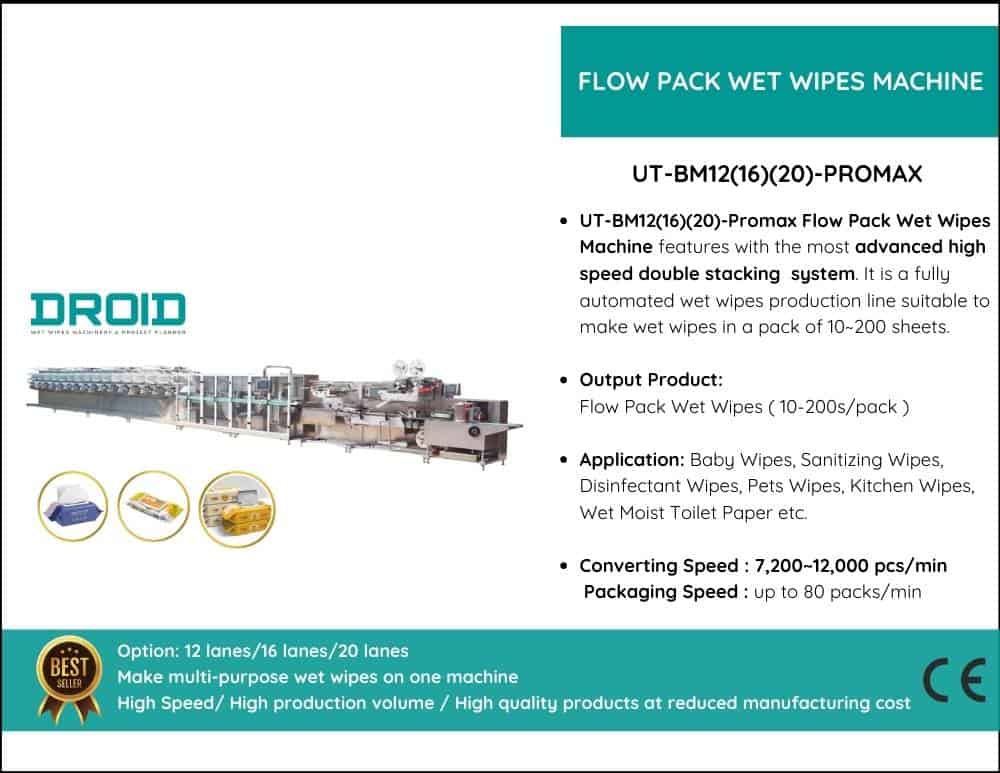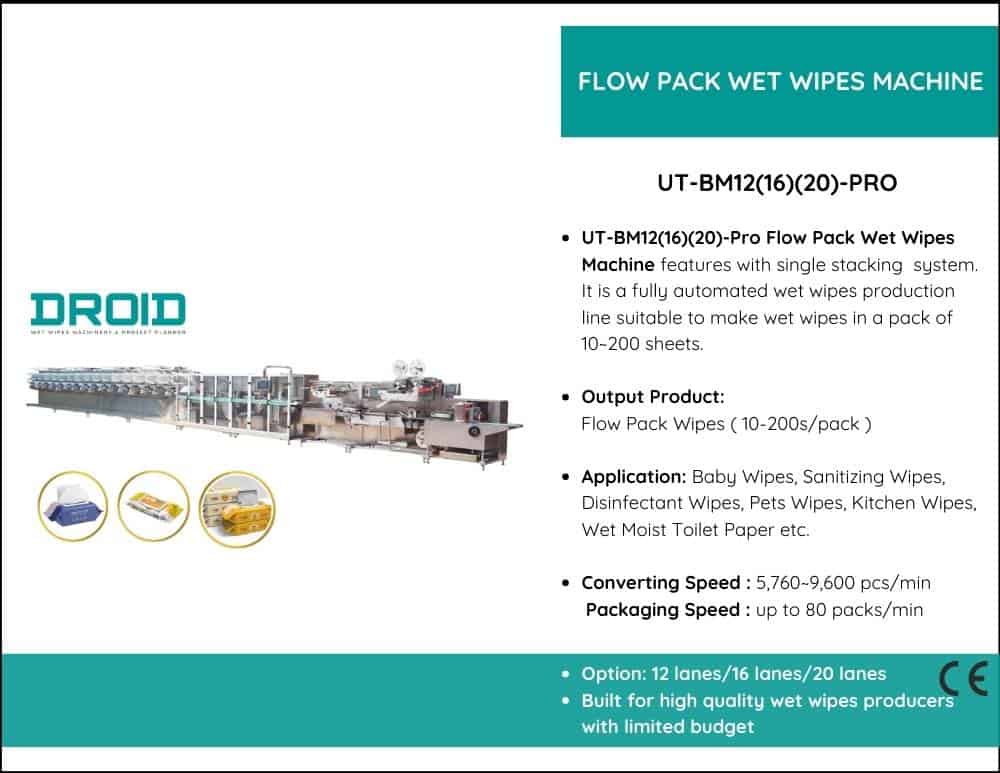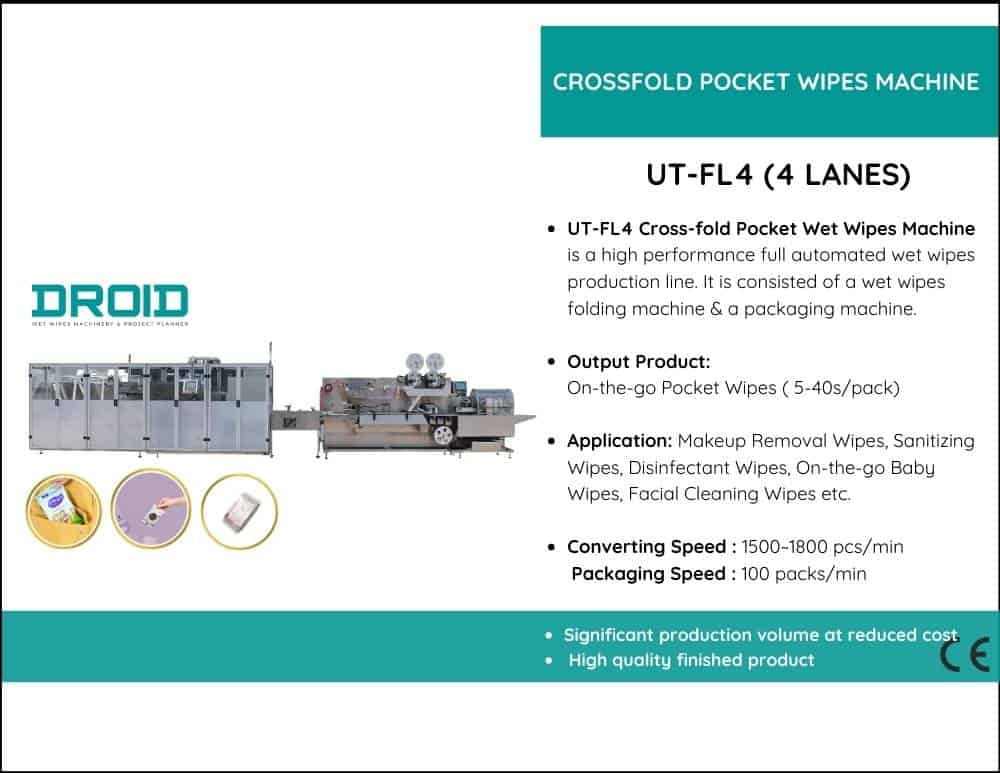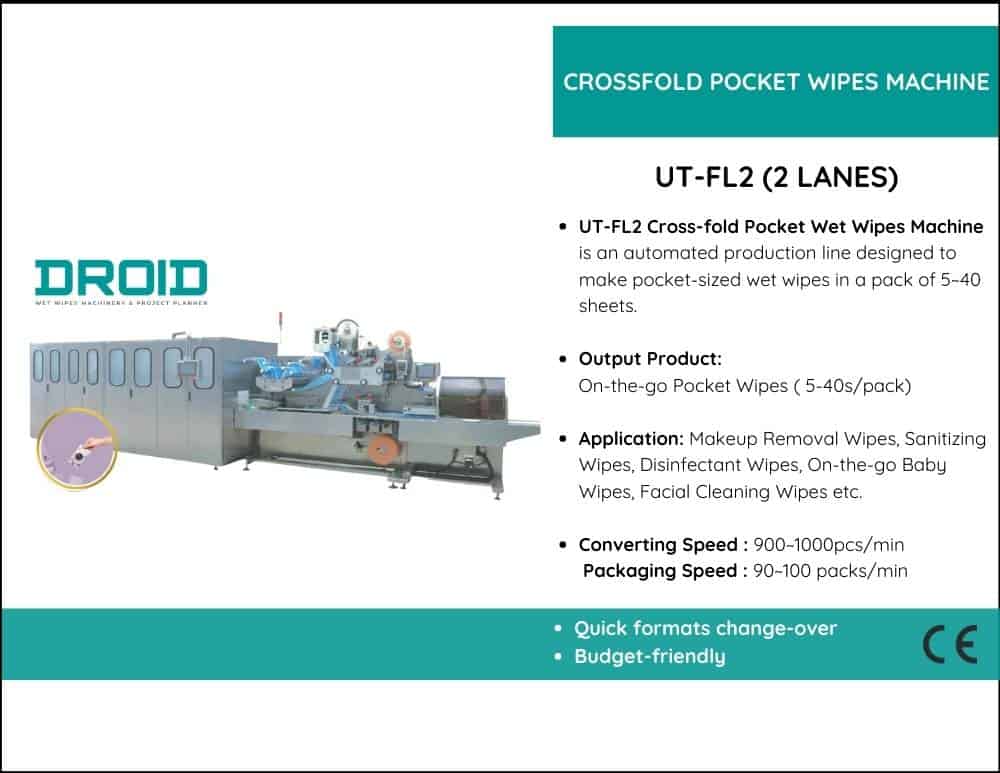Many business owners only consider the apparent features of a wet wipes machine, such as the price or the speed at which the wipes are produced. But real quality is much more than that; it touches every part of the way you make things. How long a wet wipes machine lasts and how well it works depend on the materials it is made of, the name of the companies that make its parts, and the engineering skill that went into making it.
Motors, PLCs, and sensors in a good wet wipes machine are typically manufactured by well-known companies such as Siemens, Schneider, or Mitsubishi. These famous names not only ensure that the equipment works well and lasts longer, but they also make it easy to find replacement parts and perform maintenance. Generic or inferior parts, on the other hand, could lead to more breaks, unplanned downtime, and higher maintenance costs, which would significantly reduce your total return on investment.
The uniformity of the end goods is another important factor. When it comes to wet wipes, a well-designed machine ensures that the wipes are cut, folded, and soaked with liquid in the same way every time. In the wet wipes industry, this level of uniformity is crucial for meeting both customer needs and government regulations.
Also, consider the assistance that comes with your machine. A company that is serious about making quality products, not just selling machines, will offer reliable after-sales service, thorough training, and clear paperwork. A provider that provides clear instructions and quick technology support helps your team resolve problems quickly, which reduces production loss.
In short, quality isn’t just about the machine that makes wet wipes. It’s about the entire environment, including the materials, parts, engineering, the seller’s image, and post-sale support. If you want your wet wipes production line to be valuable in the long run, don’t just look at the surface.


